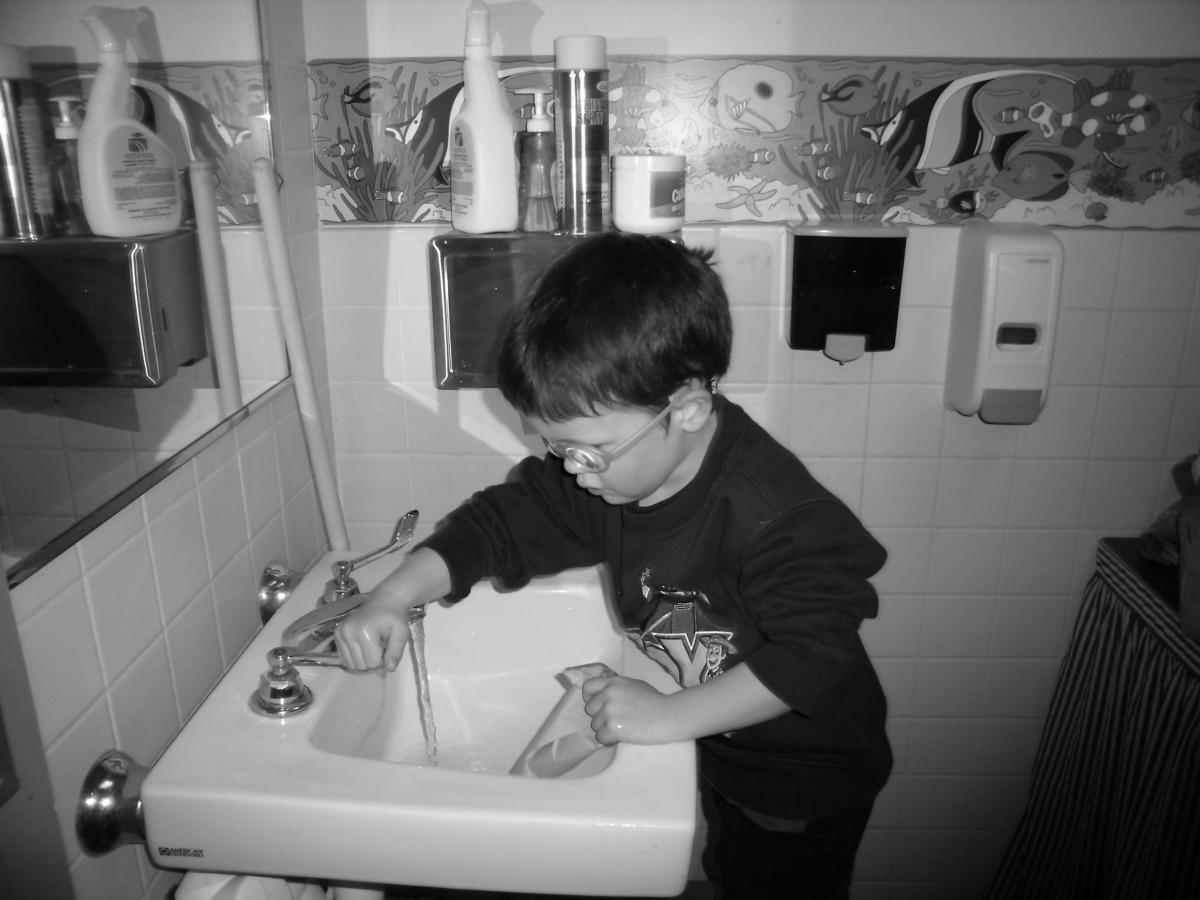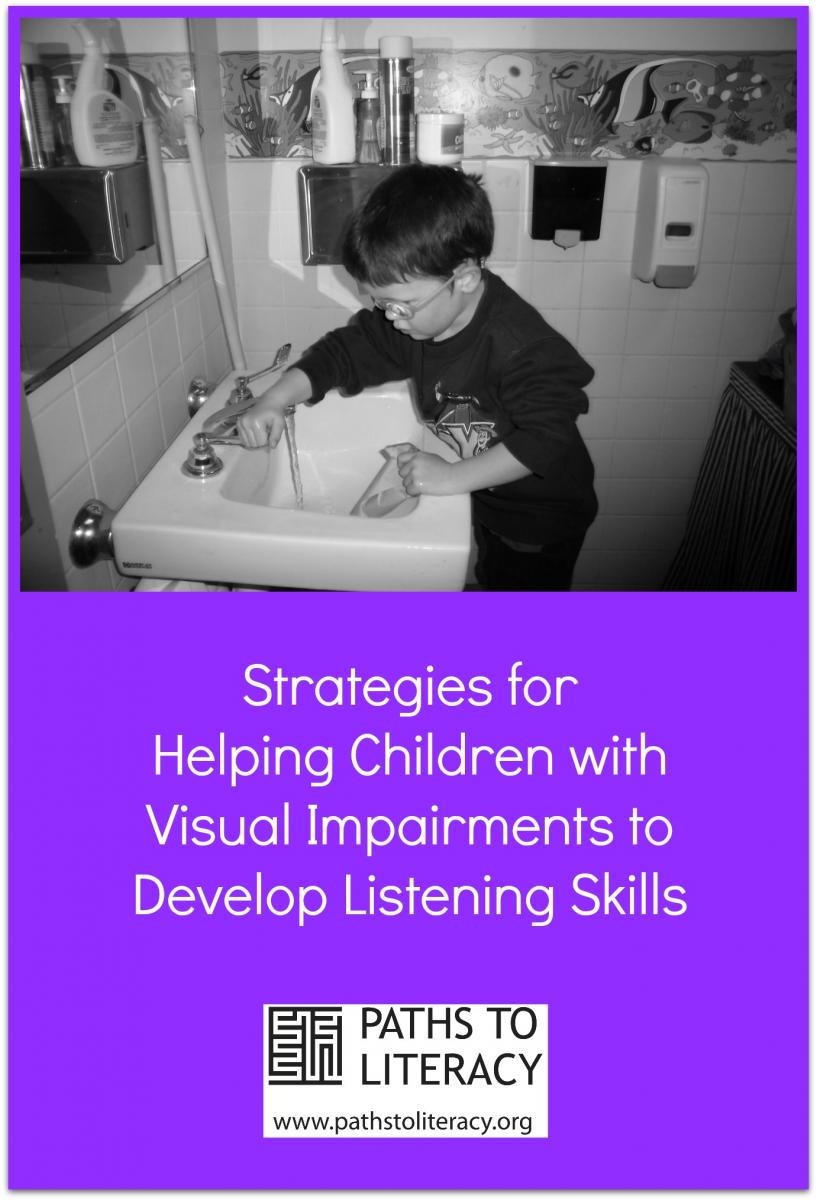Strategies for Helping Children with Visual Impairments to Develop Listening Skills
Submitted by Liz Barclay on Apr 13, 2015
Strategies for Teachers of Students with Visual Impairments
- Provide ample time for children to inspect any objects presented for exploration. This may be time spent in addition to circle time, either before or after, describing the salient features of the object as the student manually explores it.
- Before students participate in circle time, provide orientation to instructional materials that are regularly used, such as calendars, name charts, counting objects, and pointers. Children also benefit from opportunities to practice with the materials so that when it is their turn to put the new number on the calendar, for example, they have a greater level of comfort and familiarity.
- Provide opportunities to practice the movements that accompany the songs that are regularly sung, explaining, when necessary, why they accompany the words in the song. For instance, when singing “I’m a Little Teapot,” one hand is held up like a teapot spout, while the other is hand is placed on the hip, as if forming a handle. A real teapot should be shown to the child as a model during description and practice.
- Encourage youngsters with visual impairments to listen for the voice of their teacher or the person who is speaking during activities. Teach them to turn their bodies so that they face the speaker while seated. This will take practice until it becomes natural.
- Teach children how to raise their hands in response to and when asking questions during circle-time instruction. This, too, will take practice.
Strategies for Classroom Teachers
- Choose a circle-time seating arrangement that places the student with visual impairment in close proximity to instructional materials and actions. In this way the child will experience the activity more fully, and teacher support will be nearby when necessary.
- Use the names of children consistently so that the student with visual impairment will know who is called on or involved in an activity.
- Use precise positional terminology during instruction. For example, when directing students to point to or place an object, use specific language, for example, “Put the counting bear in the ones cup on the right."
- Encourage the child with visual impairment to participate during circle-time activities by calling on him or her regularly, with the expectation that the child can participate fully. In the beginning it will support the child if he or she knows in advance that he or she will be asked to tell the name of the day, for example. Prepare the child for what to expect.
- When presenting new ideas and concepts, link them to the child’s prior experiences and knowledge.
The sound environment in preschool and kindergarten is rich and complex. Listening skill development will improve awareness and understanding of the environment, increasing security and encouraging curiosity. By providing careful support and deliberate instruction in listening skill development, children with visual impairments will thrive and enjoy their early school experiences.

Reprinted with permission from L.A. Barclay and K. Byrnes "Preschool and kindergarten: early skill development" (p. 94), in Learning to Listen/Listening to Learn: Teaching Listening Skills to Students with Visual Impairments, Lizbeth A. Barclay, Editor, Copyright ©2012 by AFB Press, American Foundation for the Blind. All rights reserved.

Comments
6th Grade work
Struggling 6th grader